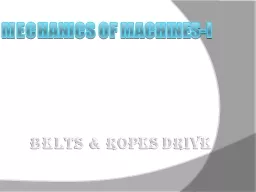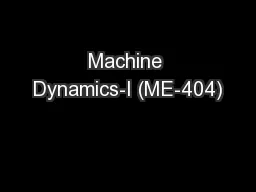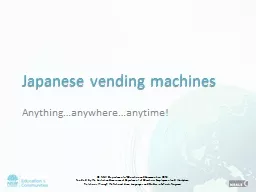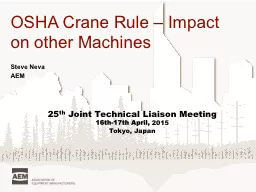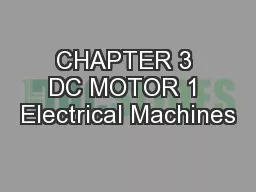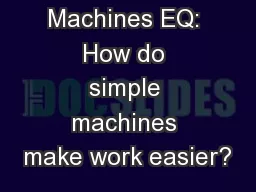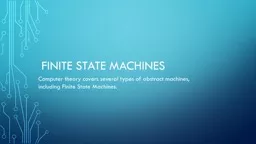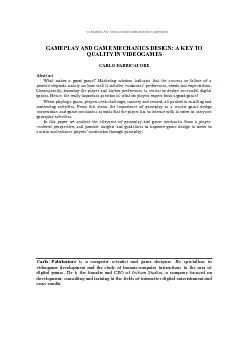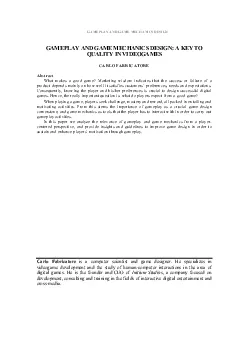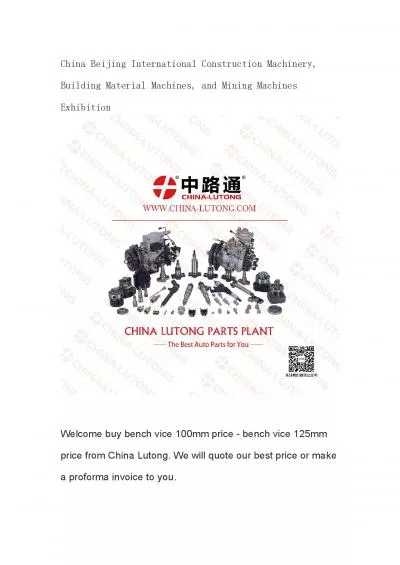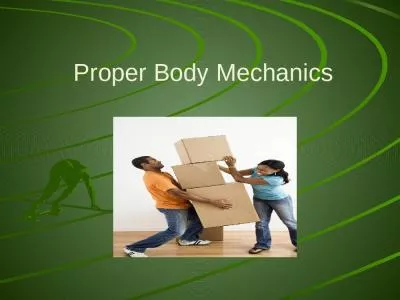PPT-Mechanics of Machines-I
Author : trish-goza | Published Date : 2015-10-26
BELTS amp ROPES DRIVE Presenters 1Irfan sheikh 2Farhan Zafar 3Ahmed Khalid 4Zeeshan
Presentation Embed Code
Download Presentation
Download Presentation The PPT/PDF document "Mechanics of Machines-I" is the property of its rightful owner. Permission is granted to download and print the materials on this website for personal, non-commercial use only, and to display it on your personal computer provided you do not modify the materials and that you retain all copyright notices contained in the materials. By downloading content from our website, you accept the terms of this agreement.
Mechanics of Machines-I: Transcript
Download Rules Of Document
"Mechanics of Machines-I"The content belongs to its owner. You may download and print it for personal use, without modification, and keep all copyright notices. By downloading, you agree to these terms.
Related Documents

